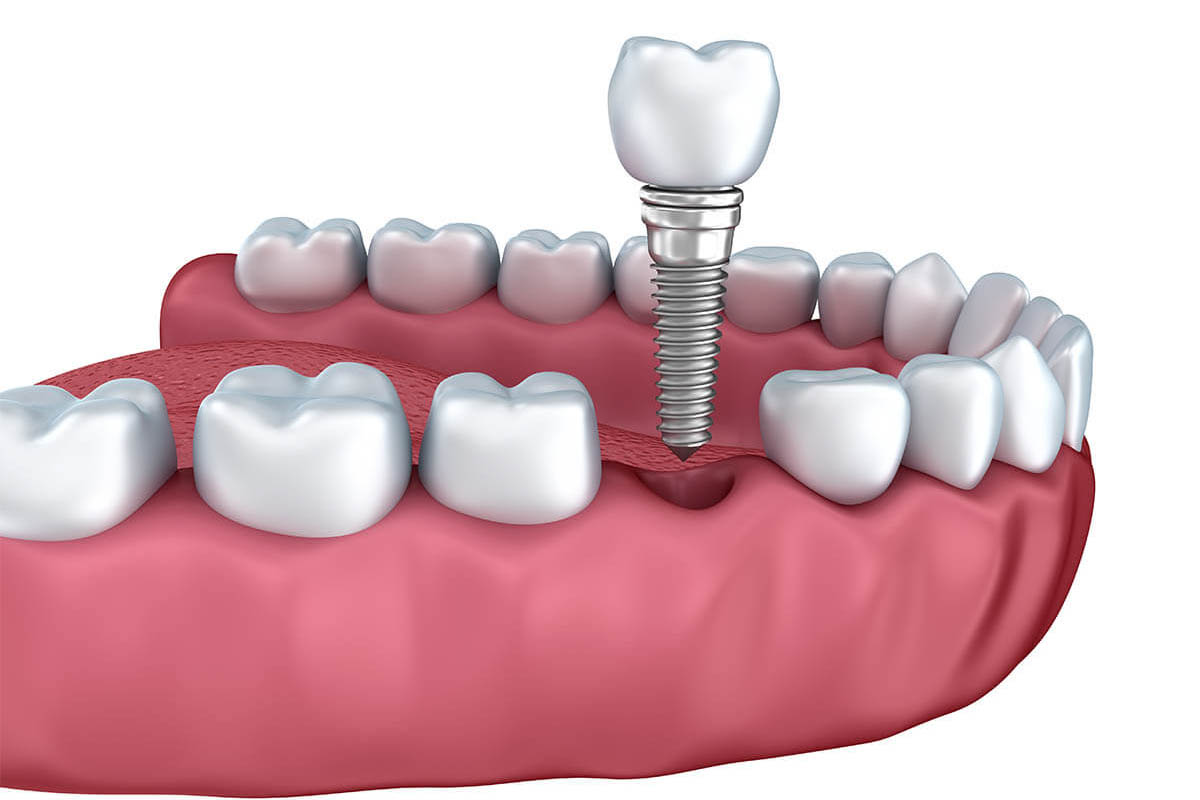
05
Dec
Key Facts You Should Know About Bone Grafting for Dental Implants

The first step towards getting implants is an evaluation by your dentist to determine if you’re a good candidate for this treatment. Implants entail embedding one or more titanium posts into your jaw to act like tooth roots in supporting your prosthetic teeth. This requires that you have sufficient bone structure for the procedure. If your jawbone structure is lacking, your Centennial, Colorado dentist, Dr. Ava Khodakhast, may recommend having a bone graft to strengthen the infrastructure of your jaw before proceeding with your implant treatment. You can learn more about bone grafting at Argyle Family Dental.
What is a Bone Graft?
When you lose natural teeth, your jawbone starts to recede as there are no tooth roots to stimulate bone growth. The longer you wait to replace missing teeth, the more your jawbone could atrophy. That’s why replacing missing teeth is important as soon as possible after losing them.
You need sufficient bone density for implants to integrate into your jaw successfully. That’s where a bone graft comes in. Bone grafting entails taking bone from one area of your body and grafting it onto your jaw to increase bone density to support your implants. A bone graft will thicken and widen your jawbone to provide ample support for your implant, ensuring it works properly for years and years. In many cases, bone grafting is all it takes to make implants for seniors possible.
Facts You Should Know about Bone Grafting
If you’re considering replacing lost teeth with implants and your dentist mentions bone grafting, there’s no need for alarm. Bone grafting, for the most part, is a fairly routine procedure for implant surgery. The procedure can be completed at our Centennial, Colorado, dental practice under local anesthesia or conscious sedation, if you prefer, to put you at ease. Here are some additional facts you should know about bone grafting.
- Bone grafting materials – Bone grafting can be done using material from different sources, such as human bone from other parts of your body, animal bone, or even synthetic material. This material will be processed in advance for sanitary and safety purposes
- Bone regeneration – Bone grafting for implants promotes the regeneration of new bone tissue by cells in your body to support your gums and teeth and boost your oral health
- No impact on healthy teeth – Bone grafting poses no risk to remaining healthy teeth or surrounding gum tissue
- Preserve jawbone – The combination of bone grafting and implant surgery prevents jawbone atrophy after losing natural teeth. Jawbone support keeps your face and jaw from sagging
- Success rate – The success rate of dental implant surgery has been estimated at over 95%, enabling seniors to enjoy the full functionality of teeth again. In many cases, this is made possible through bone grafting
To schedule a consultation with Dr. Khoda for bone grafting for dental implant surgery, contact Argyle Family Dental in Centennial, CO, at (303) 770-2254.
Share this Article

Dr. Ava Khodakhast
Immerse yourself in the world of exquisite dental artistry crafted by Dr. Ava Khodakhast, a
distinguished prosthodontist whose journey is a testament to the fusion of science and art in
dentistry. With an unwavering commitment to elevating lives through her specialized expertise, Dr.
Khodakhast has redefined the landscape of prosthodontics, captivating hearts with her transformative
work.
Embarking on her odyssey in 2000 as a Doctor of Dental Surgery, Dr. Khodakhast's passion for her
craft led her to traverse continents for knowledge. She pursued her American DDS at the esteemed
University of Missouri, Kansas
City, setting the foundation for a remarkable career. Yet, her thirst
for mastery pushed her to delve deeper. Venturing into the realm of complexity, she dedicated three
intensive years at the Medical College of Georgia, earning a master's in Oral
Biology and seamlessly
entwining it with a Residency in Prosthodontics.
Prosthodontics is the symphony of precision and creativity, where every note is a smile transformed.
Dr. Khodakhast is a virtuoso in this art, specializing in intricate cosmetic makeovers, implant
procedures, and comprehensive mouth rehabilitation. Recognized as a "Diplomate" by
the American Board of
Prosthodontics and as a "Fellow" by the American College of Prosthodontists, she soars
among the select few who define excellence in this arena. Her certification as a prosthodontist is a
testament to her rigorous education and training, making her a beacon of expertise for dental and
maxillofacial reconstruction and rehabilitation. Dentists themselves entrust their patients to her
care, a testament to her unparalleled mastery.
A luminary in academia, Dr. Khodakhast served as the assistant director of Advanced Education in
General Dentistry at the University
of Missouri in Kansas City. She also worked in private practice
at UMKC, applying the techniques and skills she taught in complicated, aesthetic case settings.
During her junior year of college, she graced India with her charitable work, a touch of humanity
that infuses her artistry with compassion.
Emanating from the core of her being is a dedication to her patient's well-being. You can rely on
her to provide unparalleled care rooted in scientific precision and artistic commitment.


